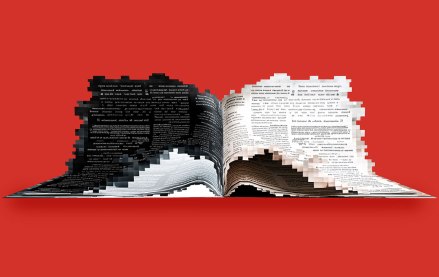Insights from CTV leaders at Dentsu, Horizon Media and more
Yahoo’s tablet play Livestand is finally here, and not a moment too soon. After being announcned in February, the product’s launch had taken longer than many expected. It now arrives on the scene well after similar players Flipboard, CNN’s recently acquired Zite, and AOL’s Editions — though before Google’s awaited Propeller platform.
More in Media

Digiday+ Research: Publishers pull back their dependence on digital revenue
After a year in which publishers shifted their revenue dependence away from traditional channels and toward digital channels, 2025 has seen a shift back toward more of a balance between traditional and digital revenue sources.

LinkedIn makes it easier for creators to track performance across platforms
Creator data is becoming more accessible to third-party vendors via a new API — another step in LinkedIn’s creator platform evolution.

Ad Tech Briefing: The ‘plumbers’ posing as the unlikely saviors of the internet
After several false dawns, can Cloudflare’s ‘anti-AI scraping tool’ finally offer publishers a road to commercial redemption?





